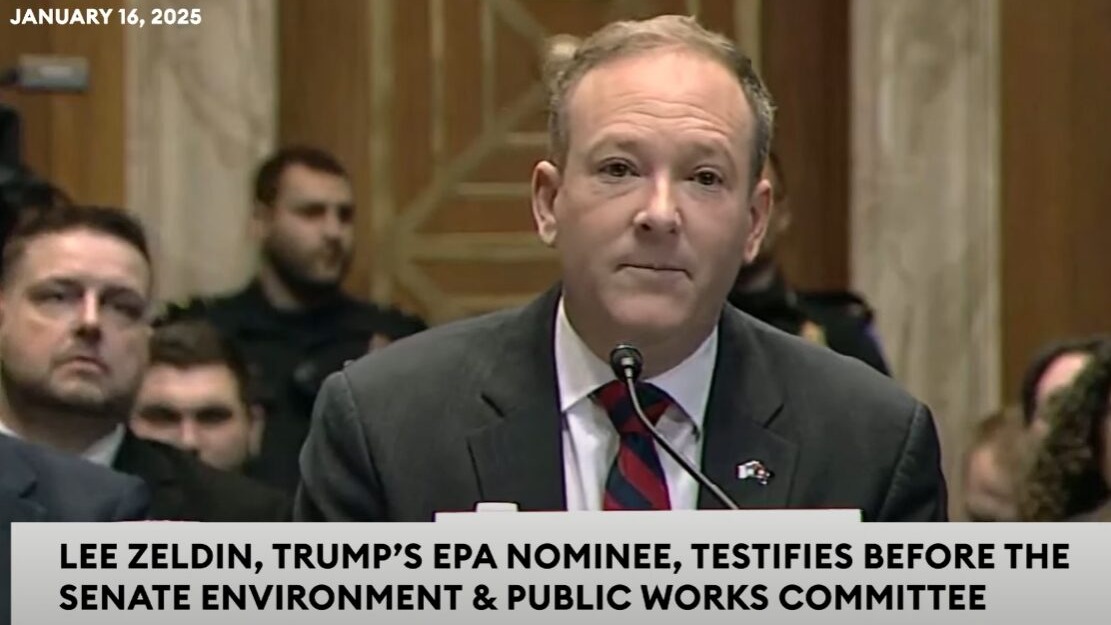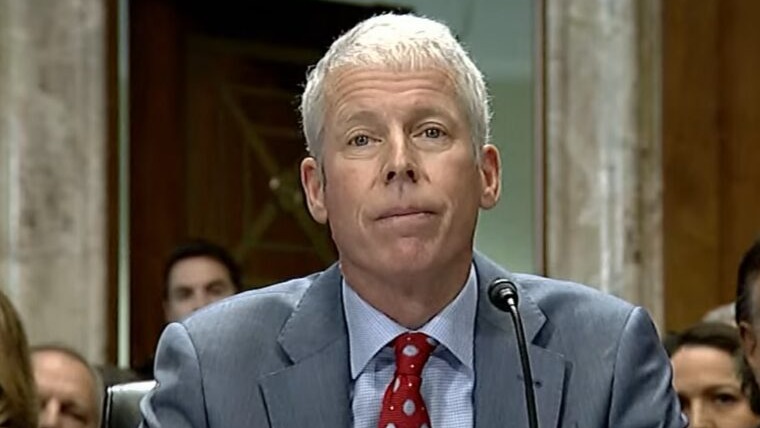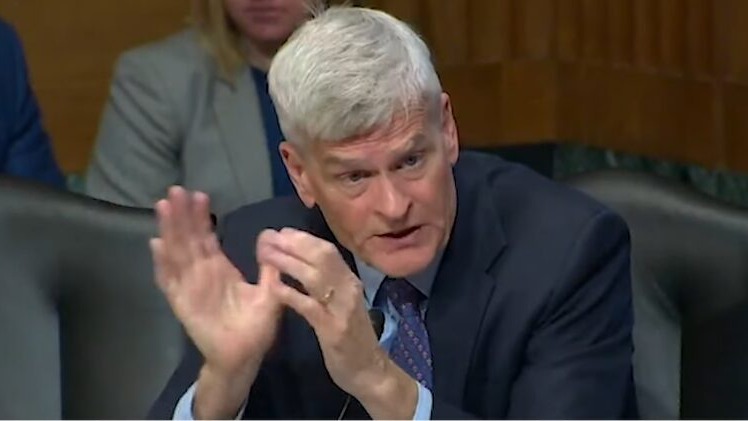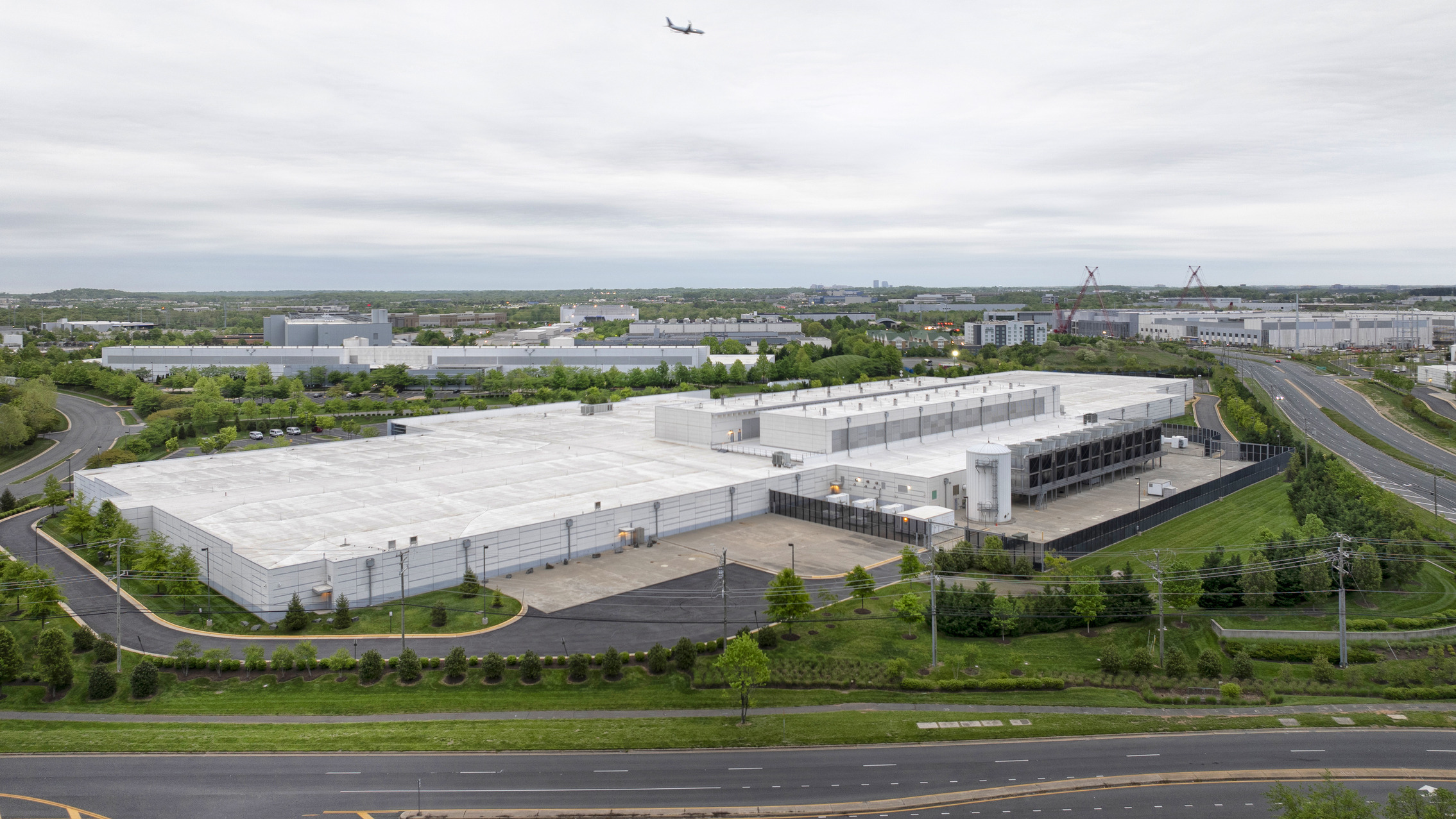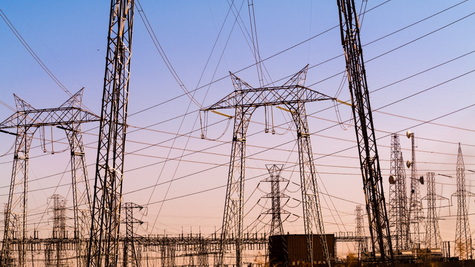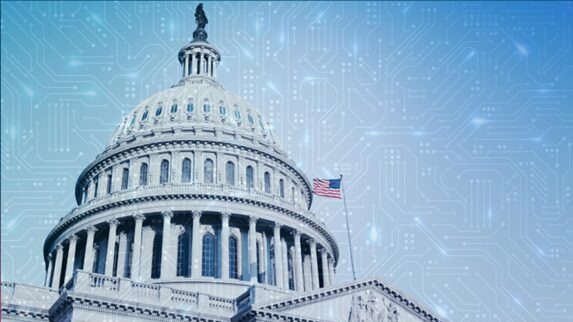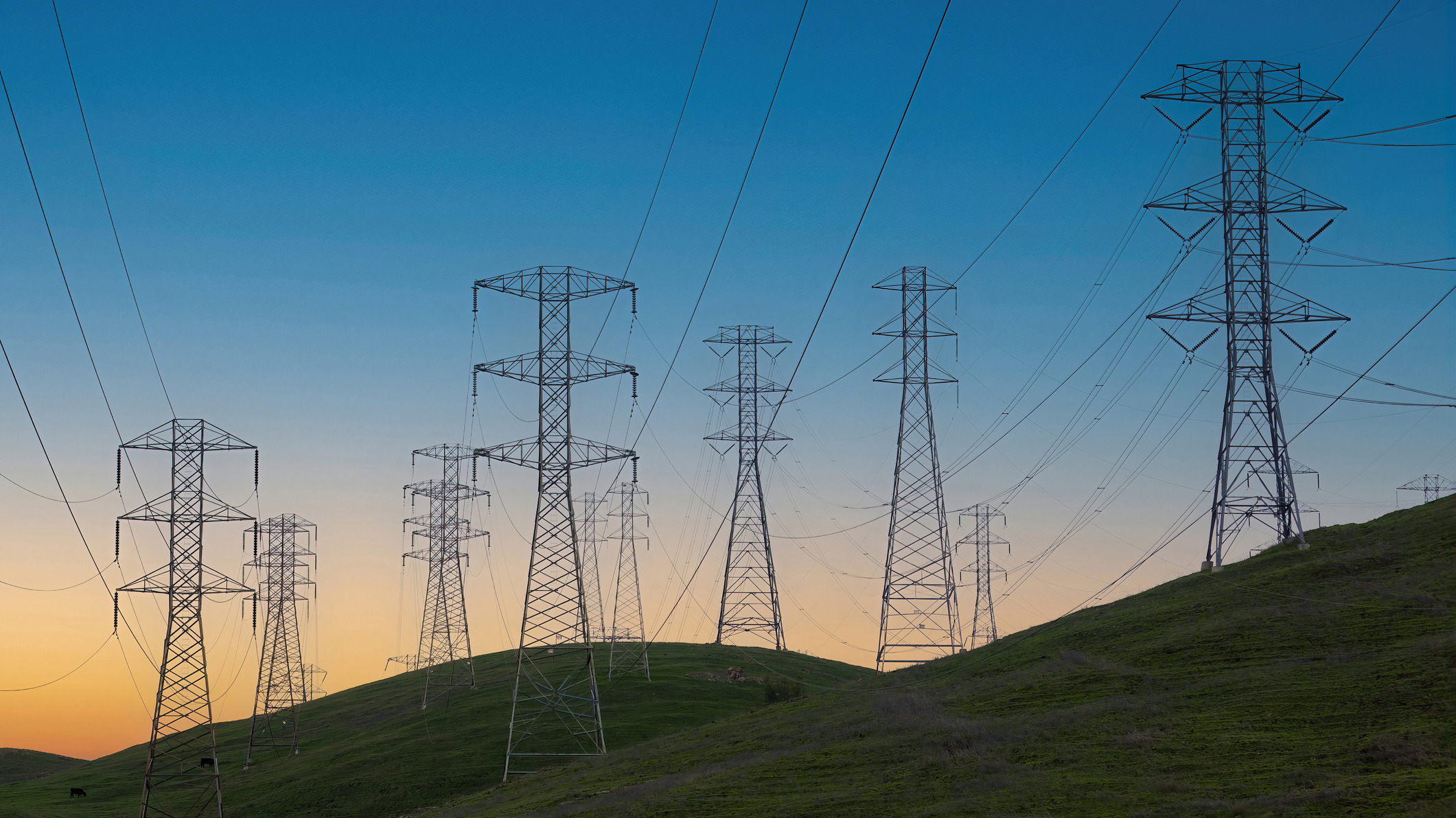
Unprecedented demand for electricity is prompting major private sector investments to shore up the grid’s security and reliability, amid the Trump Administration’s cancellation of Biden era clean energy funds.
Billions in Private Investments
- Investor-owned electric companies plan to invest an unprecedented record-high $208 billion in capital projects this year — a $30 billion increase from 2024 — to modernize transmission systems, expand capacity, and manage consumer costs, according to new Edison Electric Institute (EEI) data. (Axios, Oct. 7)
- “Our new data shows how our industry is strengthening the energy grid with real investments—in jobs, critical infrastructure, and communities across the nation,” Edison Electric Institute President and CEO Drew Maloney said in a statement. (Axios, Oct. 7)
Major Energy Policy Shift
- Meanwhile, the Trump administration is cutting federal support “to get low-cost renewable projects on the grid”—cancelling billions in Biden administration project funding—and “pinning many of its promises of energy affordability on a nuclear moon shot.” (PoliticoPro, Oct. 6).
- The Department of Energy (DOE) announced millions to “reinvigorate America’s coal industry” (Release, Sept. 25), while the Department of the Interior (DOI) has opened up more federal lands to coal leasing. (Release, Sept. 29)
- The Environmental Protection Agency (EPA) is pushing for a natural gas pipeline “vital to New England’s grid stability.” (Release, Aug. 6)
- The sharp policy swing has some members of Congress calling for a fuel-agnostic, all-of-the-above national energy strategy. “We need every electron we can get if we want to be energy dominant. To do that, we should take every electron,” said Sen. John Curtis (R-UT). (PoliticoPro, Oct. 6)
The Drivers

- Electricity demand is spiking from a “perfect storm” of multiple forces:
- AI and Data Centers: Expected to account for nearly half of global demand growth through 2030. (IEA 2025)
- EV Charging: Electric vehicles are expected to raise global power demand 6–8% by 2035 (IEA 2024)
- Manufacturing Reshoring: New U.S. facilities for semiconductors, batteries, and critical minerals production will significantly increase industrial load (CSIS 2024)
- Crypto Mining: U.S. Bitcoin mining consumes electricity equal to powering 6 million homes (EIA 2024)
- Building Electrification: 40% of U.S. buildings now use electric heating, driven by codes, tenant preferences, and investor sustainability demands (BOMA 2023)
Permitting Reform
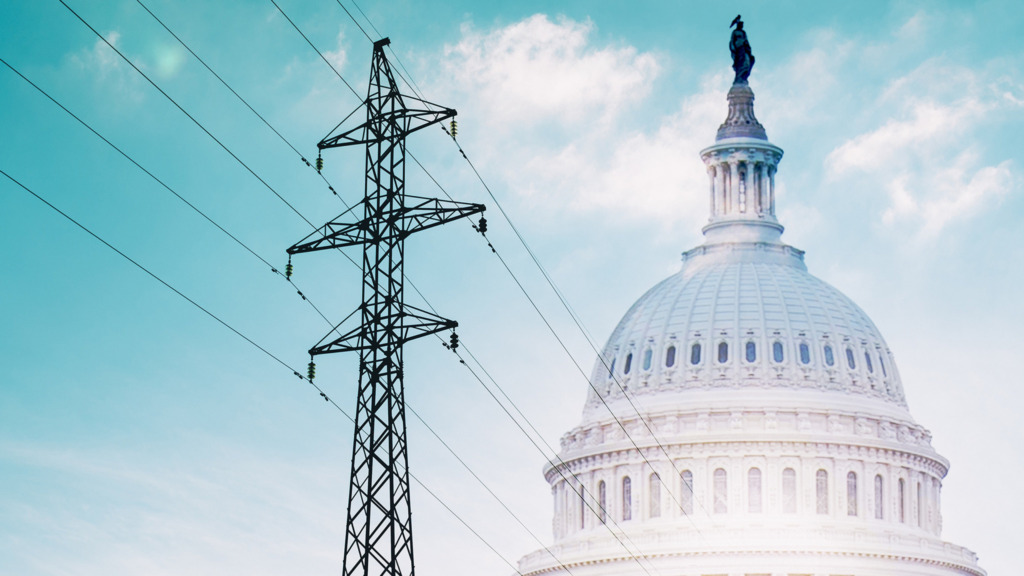
- Permitting reform continues to be a top bipartisan priority on Capitol Hill, as lawmakers debate how best to reform the federal approval process for energy infrastructure projects. (Utility Dive, Sept. 18 | Roundtable Weekly, Oct. 2024)
- Last month, the bipartisan House Problem Solvers Caucus released a framework to speed construction of transmission lines, pipelines, and power projects to meet surging energy demand. (PoliticoPro, Sept. 18)
- In September, the House Natural Resources Committee held a legislative hearing on a trio of bipartisan permitting reform bills—including Chair Bruce Westerman’s (R-AR) SPEED Act, aimed at streamlining the permitting process. “My goal is to have a big permitting bill sitting over at the Senate for them to consider with some bipartisan support.” (PoliticoPro, Sept. 18)
- At an event last month, White House National Energy Dominance Council Executive Director Jarrod Agen said, “Probably the top priority for us from an energy perspective” is permitting reform to build transmission lines and pipelines. (E&E News, Sept. 8)
- RER believes permitting reform is essential for advancing our economy’s energy transition. The current fragmented system of administrative reviews and approvals hinders the delivery of quick, low-cost, reliable electricity to our nation’s homes and commercial buildings. (Roundtable Weekly, March 7)
Energy supply, grid reliability, and infrastructure investment will be a central topic at RER’s Fall Meeting (Roundtable-level members only) on Oct. 27–28 in Washington, D.C.
